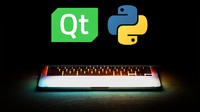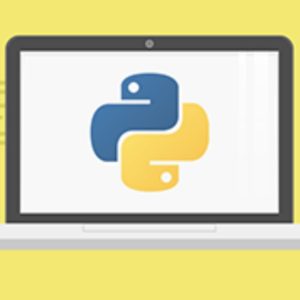
Python and one of its QT bindings, PyQt, has changed the face of GUI development. It allows us to build beautiful and powerful GUIs that grab the attention of Python programmers.
In this video, we will successfully install PyQt5 and the toolset that contains the QT Designer tool. The QT Designer enables us to develop our GUI in a visual manner, using drag and drop to add and position widgets, and we will use it extensively. We will then learn how to convert QT Designer–generated code into pure Python code.
After having successfully installed PyQt5, the QT Designer, and all other required QT tools, we will start out simple, building a Python GUI using only a few lines of PyQT5 code. Then, we will build a more complex GUI using QT Designer. Along the way, we will explore many QT widgets and learn how to efficiently lay out our GUI design. We will enhance the look–and–feel of the GUI using the layout management.
PyQt5 is a framework that makes available a set of bindings that enable the developers to use the QT toolkit.
QT was created nearly 25 years ago and is continually improved, and is one of the most popular toolkits of it’s type available. Many companies have turned to QT to bring cross platform capabilities to their applications.
Specification: PyQt5: The Python GUI framework
|
User Reviews
Be the first to review “PyQt5: The Python GUI framework” Cancel reply
This site uses Akismet to reduce spam. Learn how your comment data is processed.

| Price | $12.99 |
|---|---|
| Provider | |
| Duration | 1 hour |
| Year | 2021 |
| Level | Beginner |
| Language | English ... |
| Certificate | Yes |
| Quizzes | No |

$84.99 $12.99






There are no reviews yet.